Below is a reading list for conservation minded 4th graders! The following fiction and non-fiction titles introduce young readers to the importance (and fun!) of conserving natural resources.
Picture Books
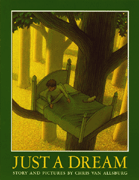
Just a Dream by Chris Van Allsburg (Boston: Houghton Mifflin, 1990).
A young boy envisions a future in which robots do all the work, only to learn that one day life on Earth may not be so perfect. EY Van Allsburg

Uno’s Garden by Graeme Base (New York: Abrams Books for Young Readers, 2006).
Uno’s garden is lush and filled with a variety of colorful creatures, but begins to disappear when a city arises nearby. Can a balance between nature and neighborhoods be found before it’s too late? EY Base
Chapter Books
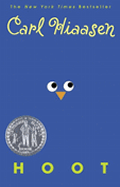
Hoot by Carl Hiaasen (New York: Alfred A. Knopf: Distributed by Random House, 2002).
Twelve year-old Roy moves to South Florida where he encounters a bully, a mysterious classmate, and burrowing owls. Hoot is full of humor and suspense but is also a reminder of how humans impact the environment. JF Hiaasen

Just Grace Grows Green by Charise Mericle Harper (Boston, Mass.: Houghton Mifflin Books for Children, 2009).
Grace, a spunky eight-year old, and her class learn all about conservation and how kids can make a difference in the world. JF Harper
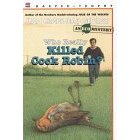
Who Really Killed Cock Robin? by Jean Craighead George (New York: Harper Collins, 1991).
Tony tries to figure out who or what in his town is responsible for the death of the town “mascot,” Cock Robin. Check out other titles in the Eco Mysteries series: The Missing Gator of Gumbo Limbo and The Case of the Missing Cutthroats. JF George
Poetry
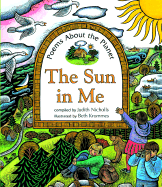
The Sun in Me: Poems About the Planet compiled by Judith Nicholls and illustrated by Beth Krommes (Cambridge, MA: Barefoot Books, 2003).
Poets such as Emily Dickinson, John Updike, and Charlotte Zolotow write about the seasons, animals, and nature around the world. Each poem is accompanied by a vibrant watercolor illustration. J 808.81936 Sun
Non-Fiction
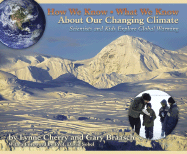
How We Know What We Know About Our Changing Climate: Scientists and Kids Explore Global Warming by Lynne Cherry and illustrated by Gary Braasch (Nevada City, CA: Dawn Publications, 2008).
A kid-friendly look at the causes and effects of global climate change, involving rain forests, ice-caps, and changes in the migration of certain species. J 551.6 Che
*Note to parents and teachers: Check out the accompanying teacher’s guide! A Teacher’s Guide to “How We Know What We Know About Our Changing Climate : Lessons, Resources, and Guidelines About Global Warming” by Carol Malnor.

One Well: The Story of Water on Earth by Rochelle Strauss and illustrated by Rosemary Woods (Toronto, ON; Tonawanda, NY: Kids Can Press, 2007).
This colorfully illustrated book examines how all of the water on earth, from rivers to lakes to rain, is connected and the importance of conserving it and keeping it clean. J 553.7 Str

True Green Kids: 100 Things You Can Do To Save the Planet by Kim McKay (Washington, D.C.: National Geographic, 2008).
Ever wondered how you can help save the planet? This fun and informative book includes many great ideas, including how to host a “green” party, how to make art from household items, and how to shop smarter. J 363.70525 McK
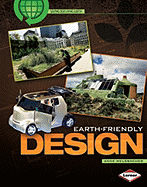
Earth-Friendly Design by Anne Welsbacher (Minneapolis, MN: Lerner, 2009).
Houses, cars, computers– learn about the newest “green” technologies that are improving the way we live. This book is full thought provoking facts and tips on how we can use and purchase environmentally friendly products. J 745.2 Wel
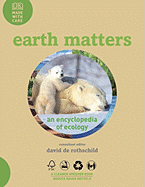
Earth Matters by DK (New York: DK Pub., 2008 ).
This colorful encyclopedia introduces young readers to different regions throughout the world– tropical forests, mountains, deserts, etc. Learn why scientists think the golden toad has become extinct, how cork oak forests provide consumers with goods, and what recreational dune riding can do to the desert! J 577 Ear
Graphic Novel
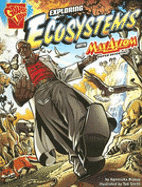
Exploring Ecosystems with Max Axiom, Super Scientist by Agnieszka Biskup, Illustrated by Tod Smith (Mankato, Minn.: Capstone Press, 2007).
Super-cool Max Axiom explains how ecosystems work and how they are changing. GC J 577 Bis